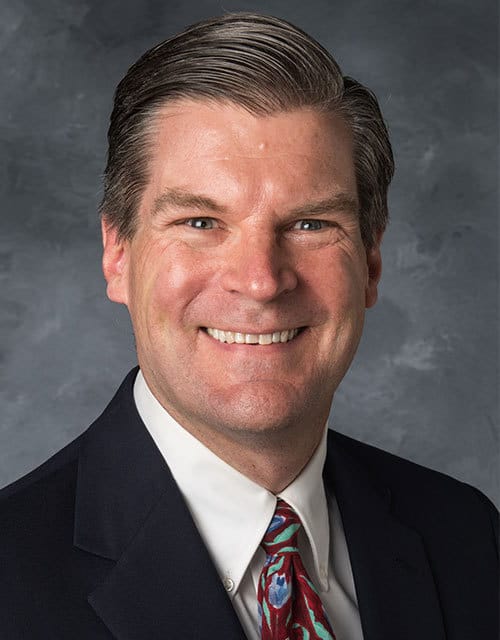During the month of Open Access week (October 23-29, 2017) we will be highlighting a number of guest posts from University of Iowa Faculty and Staff who have personal experience making their work Open Access. We appreciate their contributions.
The fourth post is by Thomas Gruca, Henry B. Tippie Research Professor of Marketing,
A new path for sharing your research
My path to the world of open access journals was more by accident than intent. I was aware of the “pay to play” model where open access means the journal is “open” to publishing anything the author submits so long as a large fee is paid. I was unaware that there are many open access journals with rigorous review standards and high impact factors.
My journey began, as many do, after my paper was rejected by multiple top-tier journals. This study looked at rural outreach by cardiologists in Iowa and surrounding states. It is an unusual topic for most top medical journals since their primary focus is on clinical research, not issues of access (especially in rural states). The next potential outlet happened to be an open access journal sponsored by a major non-profit organization dedicated to research and treatment of cardiovascular disease. I met with the editor-in-chief who is on the faculty here at Iowa. After looking over the paper, he agreed that it might be a good fit for his journal. He also described the process of choosing another editor to manage the review process to avoid conflicts of interest. [Quick lesson for new researchers – try to talk to editors before submitting a paper that might not fall in the scope of a given journal. It saves time and effort for all involved.]
The reviewers were very prompt, thorough and tough. Now that I have met all of their requirements and answered all of their questions, I have to admit that their input greatly improved the paper. Moreover, one of the new analyses they wanted has given me new ideas for future research.
This work was not supported by grants and there are very few grants supporting research in business. Once the paper was accepted, I was ready to pay the publication fee from the research funding provided by my college. (For this journal, that amount corresponded to 90% of my entire research budget for the year.) Fortunately, I received substantial help from the Libraries and Provost’s Open Access fund.
My experience has a few lessons for other who are considering submitting their work to an open access journal. First, open access journals are not all the same. There are library staff members who can help you identify appropriate publishers and avoid predatory outlets. Second, open access journals are peer-reviewed and rigorously so! High quality journals – open access or not – have a high bar for publication, so make sure you submission is the best it can be. Finally, while the publication charges can be a barrier, the OA Fund may be able to help you share your work freely with anyone and everyone.

